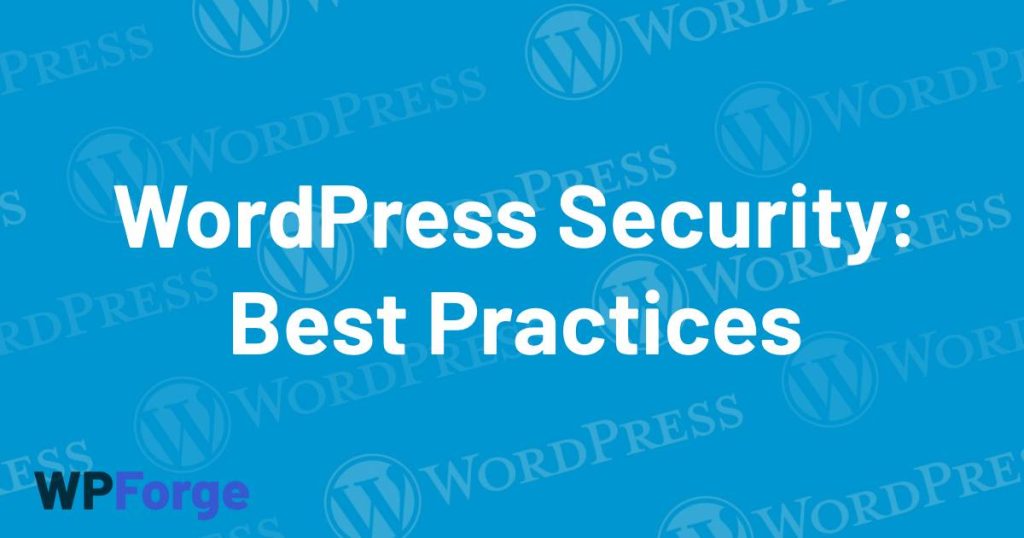How To Keep WordPress Safe
This comprehensive guide explores ten essential best practices for enhancing WordPress security. Whether you’re a WordPress beginner or an experienced developer, these strategies will help fortify your website against common vulnerabilities and cyber threats.
1. Keep WordPress Updated
Regularly updating WordPress core, themes, and plugins is the first line of defense against security vulnerabilities. Enable automatic updates whenever possible to ensure you are using the latest secure versions.
2. Use Strong Passwords and User Permissions
Create strong, unique passwords for your WordPress admin account and avoid using default usernames like “admin.” Implement two-factor authentication (2FA) for an extra layer of security. Assign appropriate user roles and permissions to limit access based on responsibilities.
3. Secure Your Login Page
Protect your WordPress login page by limiting login attempts, using CAPTCHA or reCAPTCHA, and customizing the login URL to deter brute force attacks. Consider using a plugin like Wordfence or Sucuri Security for added login security features.
4. Implement Web Application Firewall (WAF)
A Web Application Firewall (WAF) helps filter and block malicious traffic before it reaches your website. Choose a reputable WAF service or install a WAF plugin compatible with WordPress for added protection.
5. Regular Backups
Perform regular backups of your WordPress site, including files and databases. Store backups securely offsite or use a reliable backup service/plugin. In case of a security breach or data loss, backups ensure you can restore your site quickly.
6. Secure File Permissions
Set appropriate file permissions on your server to restrict unauthorized access to sensitive files and directories. Follow the principle of least privilege, granting permissions only as necessary for each user or process.
7. Use HTTPS Encryption
Encrypt data transmission between users and your website using HTTPS protocol. Obtain and install an SSL/TLS certificate from a trusted Certificate Authority (CA) to secure data such as login credentials, forms, and payment information.
8. Monitor and Audit
Regularly monitor your website for suspicious activities, file changes, and unauthorized logins. Enable logging and auditing features in your hosting environment or use security plugins to track and review security-related events.
9. Limit Plugins and Themes
Minimize the number of installed plugins and themes to reduce potential attack vectors. Keep only essential and regularly updated plugins/themes from trusted sources. Remove unused plugins and themes to eliminate vulnerabilities.
10. Educate Users and Stay Informed
Educate yourself and your team about common security threats, phishing scams, and safe browsing practices. Stay informed about WordPress security news, updates, and patches released by the WordPress security team and plugin/theme developers.
By implementing these best practices and staying vigilant, you can significantly improve the security posture of your WordPress website and protect it from cyber threats. Remember, proactive security measures are key to maintaining a safe and reliable online presence.
Stay secure!
